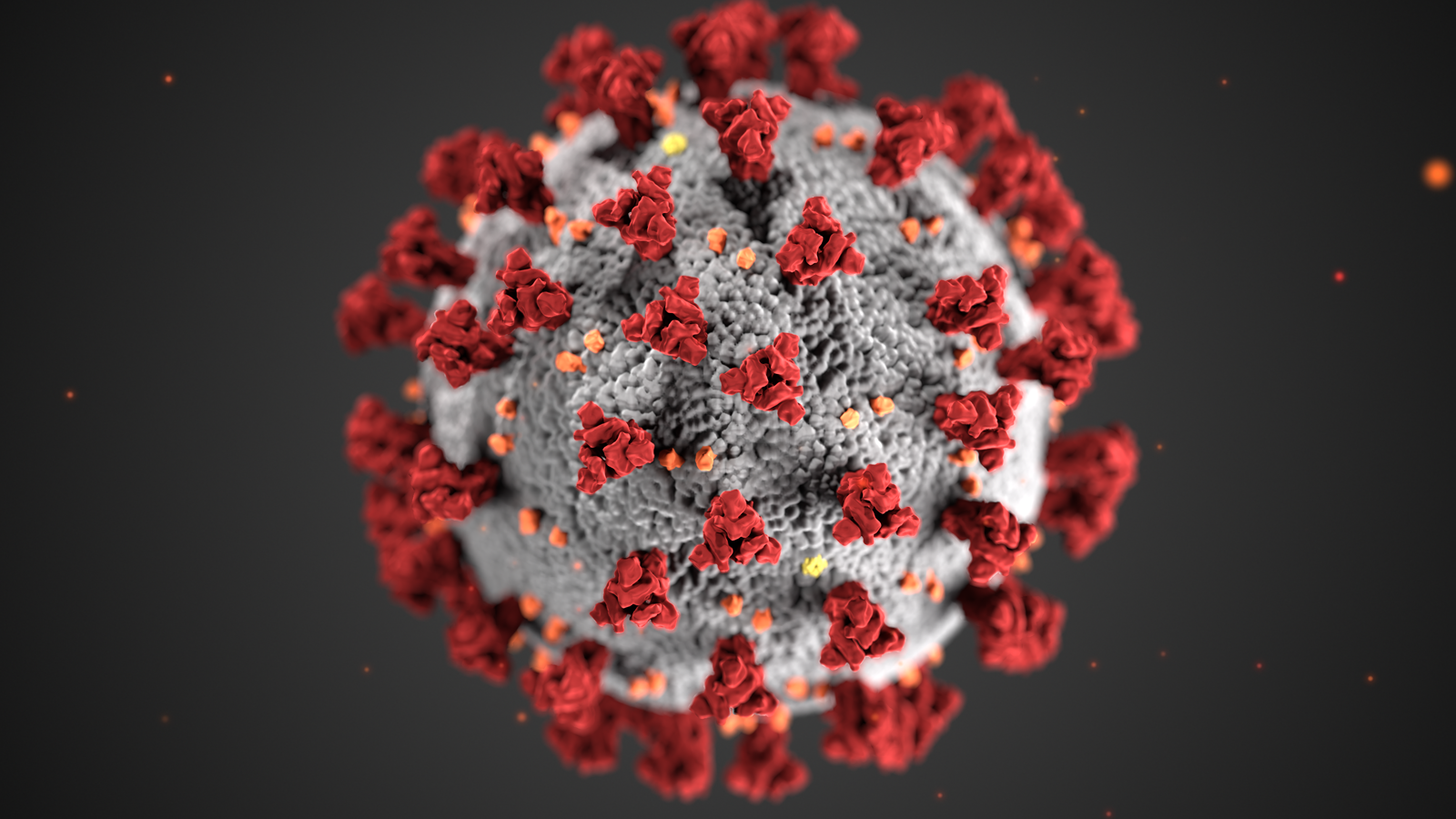India has been battling a particularly virulent second wave of coronavirus infection since April 2021. With daily new coronavirus infections exceeding 40000, the country was forced into regional lockdowns yet again.
As per infectious disease statisticians and epidemiologists, the third wave of Coronavirus infections is inevitable. Is our government suitably armed to deal with the third wave?
The Monstrous Second Wave of Coronavirus Infections
When cases came down after the first wave of coronavirus, economic activity was resumed in stages. But most Indians let down their guard. Masks were not worn in public places and that’s where IoT applications come into play. There were large gatherings. Social distancing norms were not followed. Since April 2021, a monstrous second wave of coronavirus infections gripped the country.
The second wave crippled the Indian healthcare system. There was an acute shortage of paramedics, technicians, medical oxygen, hospital beds, ventilators, and ICU facilities. A wave of an infectious disease is a sharp rise and fall in the number of coronavirus cases over a specific period of time.
There is a sharp and sustained rise in the cases. Then the infection is contained and slowly the number of cases drop. These waves occur mostly due to mutations in the virus code. If the vaccination program takes too long, the virus accelerates into different variants and spreads.
Preparations on facing Third Wave of Coronavirus Infections
The public healthcare system must be in a state of readiness to handle the surge in coronavirus cases; in the event of a third wave. The existing facilities that were enhanced must be maintained so that the system is in a state of preparedness.
The shortage of medical oxygen led to heart-wrenching situations of patients dying due to inability to breathe and lack of access to oxygen. There are not sufficient cryogenic tankers in India to cater to such sudden surges in demand. Oxygen cylinders, hospital bed availability, testing centers, vaccination centers, and other pertinent data must be available through mobile apps so that people can quickly respond appropriately.
Requisite drugs and testing kits must be available in plenty at different locations across the country. With IoT, the supply chains of these medical kits, medicines, and other medical supplies can be remotely monitored. They can be quickly diverted to areas of shortage.
Masking and social distancing protocols must not be let up. Sanitizing and washing of hands and wearing of properly fitting masks when outdoors must be strictly enforced. This can be enforced in public places with the help of IoT in healthcare.
Thermal imaging can be deployed to detect people who are suffering from fever. Imaging also helps in detecting crowds in certain locations. Robots have been deployed to provide sanitizers at banks, public places, and hospital lobbies.
The vaccination program must be carried out with renewed gusto. With adequate availability of vaccines from June 2021, the country must gear into massive vaccination drives across the country.
Vaccination is perhaps one of the best defenses against an impending third wave of coronavirus infections. IoT careers influence data tracking and it must be centrally collated and analyzed. The analytics can throw light on possibly susceptible areas – those with a lesser percentage of vaccinated persons.
Conclusion
Pre-emptive testing and surveillance would help in detecting any possible outbreak. Quick identification and testing can help isolate the cases and prevent their rapid spread.
With the deployment of IoT solutions, governmental bodies can be better prepared for the third wave of coronavirus infections. Several IoT jobs will be available for professionals who are skilled in several areas of IoT systems.


